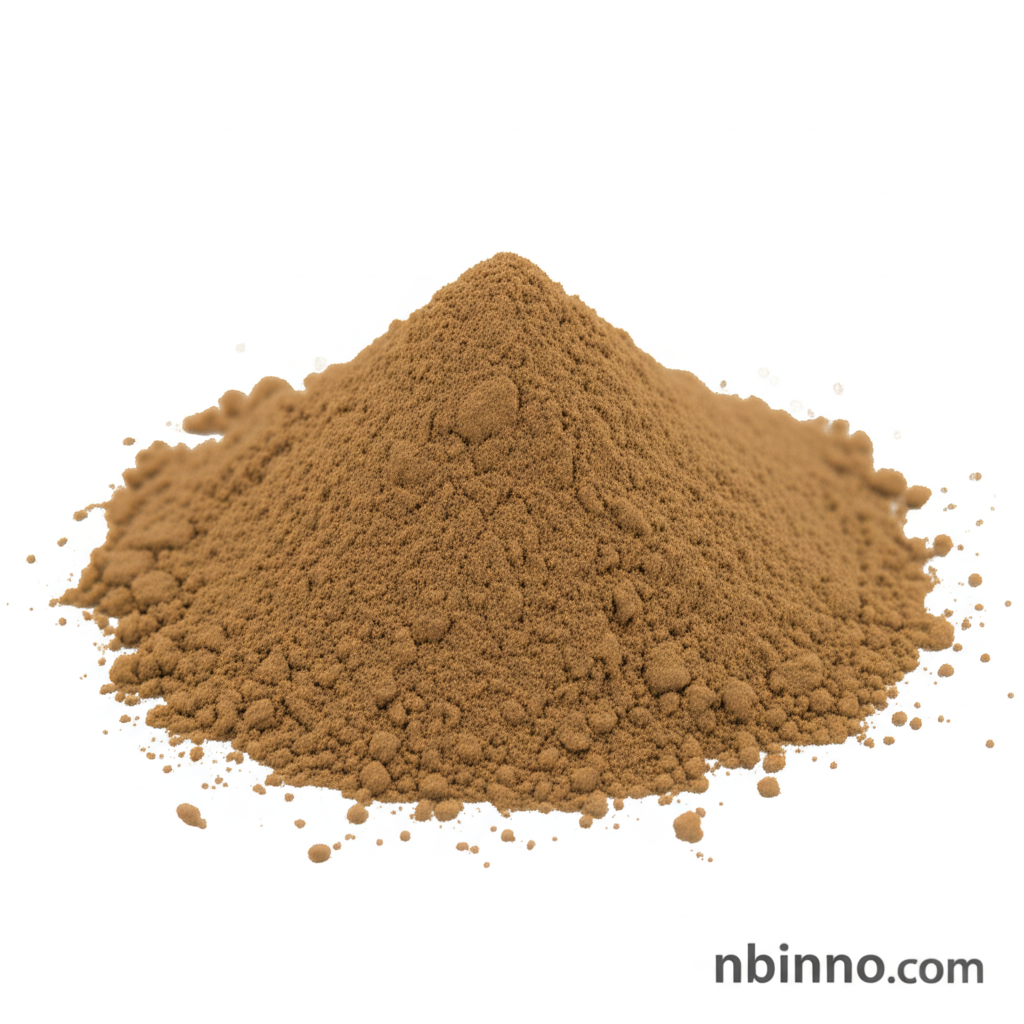3-Aminosalicylic Acid (CAS 570-23-0): Properties, Applications, and Synthesis Intermediate
Discover the key characteristics and vital roles of 3-Aminosalicylic Acid in pharmaceutical development and chemical research.
Get a Quote & SampleProduct Core Value

3-Aminosalicylic Acid
3-Aminosalicylic Acid is a significant organic compound widely recognized for its utility as a pharmaceutical intermediate. Its unique chemical structure, featuring both amino and hydroxyl groups on a benzoic acid backbone, lends itself to diverse applications in synthetic chemistry and drug development.
- Explore the essential properties of 3-Aminosalicylic Acid, a vital chemical intermediate for drug synthesis and organic chemistry research.
- Understand the crucial role of CAS 570-23-0 in developing antitubercular agents and its potential anti-inflammatory applications.
- Learn about the synthesis pathways and chemical behaviors of 3-amino-2-hydroxybenzoic acid, a key building block in various chemical processes.
- Discover the broad spectrum of 3-Aminosalicylic Acid applications, from laboratory research to industrial chemical synthesis, driving innovation in the pharmaceutical sector.
Key Advantages
Versatile Pharmaceutical Intermediate
As a key pharmaceutical intermediate, 3-Aminosalicylic Acid (CAS 570-23-0) is instrumental in the synthesis of various active pharmaceutical ingredients, particularly in the realm of antitubercular treatments.
Crucial for Antitubercular Therapies
The compound plays a significant role as an antitubercular agent, contributing to the development of treatments that combat challenging bacterial infections and improve patient outcomes.
Broad Application in Research
Researchers widely utilize 3-Aminosalicylic Acid for its chemical properties, exploring its potential in areas like anti-inflammatory research and complex organic synthesis, thereby advancing scientific understanding.
Key Applications
Pharmaceutical Synthesis
Serving as a critical pharmaceutical intermediate, 3-Aminosalicylic Acid (CAS 570-23-0) is foundational for creating complex drug molecules and APIs.
Medical Research
Its unique structure makes 3-Aminosalicylic Acid valuable in medical research, particularly in studies investigating antitubercular agent efficacy and anti-inflammatory properties.
Organic Chemistry
In organic synthesis, this compound is utilized as a versatile building block for creating diverse chemical structures and novel compounds.
Chemical Analysis
3-Aminosalicylic Acid is also employed in analytical chemistry, serving as a standard for precise quantification and characterization of related substances.
